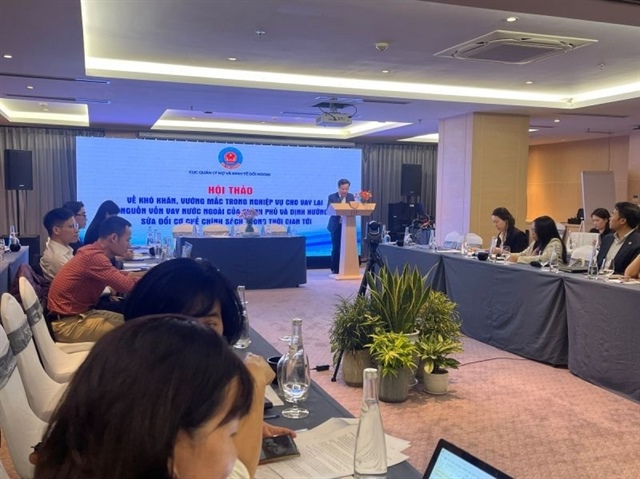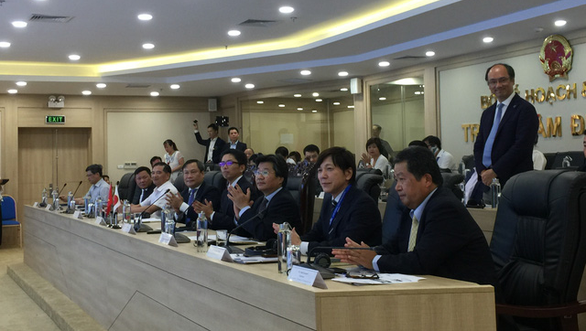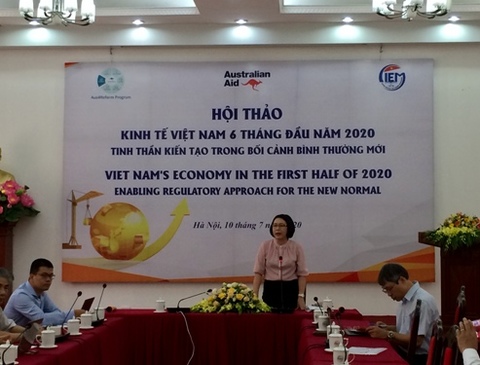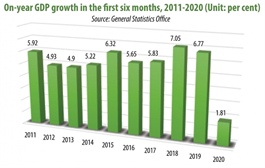Unemployment ratio at record high in first half
Unemployment ratio at record high in first half
Swelling unemployment in the first six months may be alleviated by the wave of foreign investors shifting to Vietnam in the upcoming time.

The high unemployment could be useful when foreign investors start flocking to Vietnam
|
According to the latest report of the General Statistics Office of Vietnam (GSO), in the first half of this year, Vietnam had 1.2 million unemployed people due to the impact of COVID-19 pandemic, up 123,900 people on-year. The unemployment rate was 1.14 times higher than in the same period last year.
In addition, the 15-24-years-old without jobs numbered 451,600, making up 36.8 per cent of the unemployed population.
There were 53 million people above the age of 15 with jobs, down 1.4 million on-year. The number of female workers declined by 877,400 people and 1.8 times higher than male workers.
Among the 51.8 million people who have jobs, 30.8 million were impacted by the pandemic and 2.4 million lost their jobs.
According to Vu Thi Thu Thuy, director of the GSO’s Department of Population and Labour Statistics, the unemployment ratio was the highest in the past 10 years and almost all people in this group are low-skilled labourers.
Although labour picture in the first six months of this year was quite bleak, however, if seen in a positive angle, these umemployed people will be on standby for foreign-invested projects in the coming time. As recruitment is one of the barriers for enterprises establishing business in Vietnam.
Investors in the manufacturing and processing sector will start to look for workers after they finish administrative procedures and start the construction of their facilities. Previously, recruitment often took 25-30 per cent of the time of setting up manufacturing and trading operations in Vietnam but in recent years, the rate has increased to 40-50 per cent.
In addition, the difficulty in recruiting labourers is not only the problem of newly-established enterprises but also existing ones which are planning to expand operations. Samsung is an example, which visited mountainous provinces to look for unskilled workers.
The problem is the uneven distribution of industrial zones across the country. Almost all enterprises, especially import-export ones, want to establish their manufacturing facilities in key economic centres of Vietnam such as Hanoi and Ho Chi Minh City, or in cities and provinces with convenient transport infrastructure.
Vendors or satellite enterprises of global groups tend to locate facilities near their partners.
Thus, in the coming time, when foreign-invested enterprises rush to invest in Vietnam, the demand for recruiting labourers is very large.

























